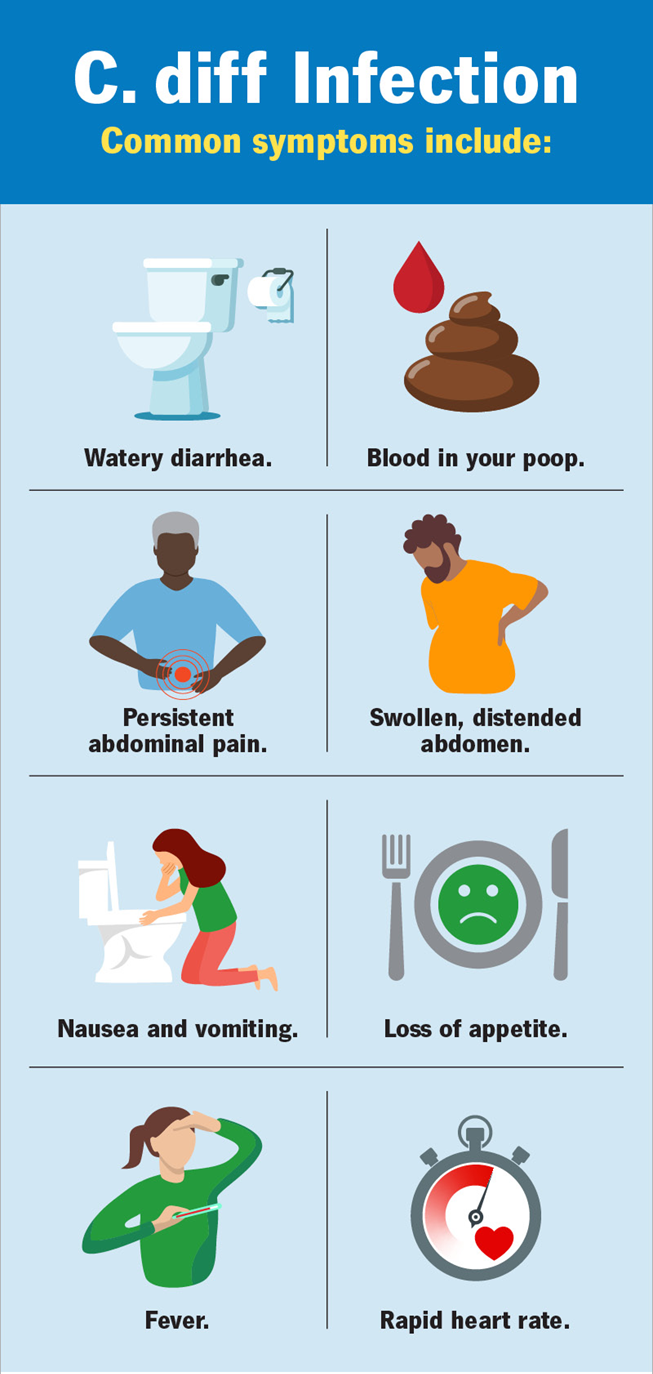A nurse is caring for a client who is complaining of thick respiratory secretions that are difficult to clear. What should the nurse encourage the client to do to help clear those secretions?
Encourage the patient to drink more fluids.
Get a prescription for an antitussive agent.
Teach effective deep breathing.
Change the patient’s position every 2 hours.
The Correct Answer is A
Choice A reason: Encouraging the patient to drink more fluids is a primary intervention for managing thick respiratory secretions. Adequate hydration helps to thin the mucus, making it easier to expectorate. Fluids such as water, herbal teas, and clear broths are particularly effective. The normal daily fluid intake for an adult is about 2-3 liters, depending on individual needs and health conditions.
Choice B reason: Getting a prescription for an antitussive agent is not the best initial approach for managing thick respiratory secretions. Antitussive agents are used to suppress coughing, which can be counterproductive when trying to clear mucus from the respiratory tract. Instead, expectorants or mucolytics are more appropriate as they help to thin and loosen the mucus.
Choice C reason: Teaching effective deep breathing is beneficial for overall lung health and can help in mobilizing secretions. However, it is not as immediately effective as increasing fluid intake for thinning thick secretions. Deep breathing exercises can be part of a comprehensive respiratory care plan but should be combined with other interventions like hydration.
Choice D reason: Changing the patient’s position every 2 hours is a good practice for preventing complications such as pressure ulcers and promoting lung expansion. However, it is not specifically targeted at thinning thick respiratory secretions. Positional changes can aid in the drainage of secretions but are secondary to ensuring adequate hydration.
Nursing Test Bank
Naxlex Comprehensive Predictor Exams
Related Questions
Correct Answer is C
Explanation
Choice A Reason:
The client’s immediate family members may not always have the right to access the client’s protected health information (PHI) unless the client has given explicit consent. Confidentiality laws, such as the Health Insurance Portability and Accountability Act (HIPAA) in the United States, are designed to protect the privacy of patients’ health information. These laws generally require that PHI be shared only with individuals who are directly involved in the patient’s care or who have been authorized by the patient. Therefore, while family members may be involved in the patient’s care, they do not automatically have the right to access PHI without the patient’s consent.
Choice B Reason:
The facility’s administrators typically do not need access to a specific client’s PHI unless it is necessary for administrative purposes related to the patient’s care or for compliance with legal and regulatory requirements. Administrators are generally more involved in the overall management and operation of the healthcare facility rather than in the direct care of individual patients. Sharing PHI with administrators without a valid reason could violate confidentiality laws and the patient’s right to privacy.
Choice C Reason:
Health care team members caring for the client are directly involved in the patient’s care and, therefore, have a legitimate need to access the client’s PHI. This includes doctors, nurses, therapists, and other healthcare professionals who are providing treatment, coordinating care, or ensuring the patient’s well-being. Sharing PHI with these individuals is essential for delivering safe and effective care, and it is permitted under confidentiality laws such as HIPAA.
Choice D Reason:
Clergy affiliated with the facility may provide spiritual support to patients, but they do not typically have a legitimate need to access the client’s PHI unless the patient has given explicit consent. While spiritual care is an important aspect of holistic healthcare, it does not require access to detailed medical information. Therefore, sharing PHI with clergy without the patient’s consent would generally be considered a violation of confidentiality laws.
Correct Answer is B
Explanation
Choice A reason: Placing a surgical mask on the client during transport is not the primary precaution for C. difficile infections. C. difficile is primarily transmitted through contact with contaminated surfaces and not through respiratory droplets. Therefore, while masks may be used for other infections, they are not the main precaution for C. difficile.
Choice B reason: Using gown and gloves when entering the room is essential for preventing the spread of C. difficile. This infection is highly contagious and can be transmitted through contact with contaminated surfaces or feces. Gown and gloves provide a barrier that helps prevent the transmission of the bacteria to healthcare workers and other patients.

Choice C reason: Using an alcohol-based agent to perform hand hygiene is not effective against C. difficile spores. Hand washing with soap and water is recommended because it is more effective at removing the spores from the hands. Alcohol-based hand sanitizers do not kill C. difficile spores and should not be relied upon for hand hygiene in this context.
Choice D reason: Obtaining a blood specimen to test for C. difficile is not the standard diagnostic method. C. difficile infections are typically diagnosed through stool tests that detect the presence of the bacteria or its toxins. Blood tests are not used for diagnosing C. difficile infections.
Whether you are a student looking to ace your exams or a practicing nurse seeking to enhance your expertise , our nursing education contents will empower you with the confidence and competence to make a difference in the lives of patients and become a respected leader in the healthcare field.
Visit Naxlex, invest in your future and unlock endless possibilities with our unparalleled nursing education contents today
Report Wrong Answer on the Current Question
Do you disagree with the answer? If yes, what is your expected answer? Explain.
Kindly be descriptive with the issue you are facing.
